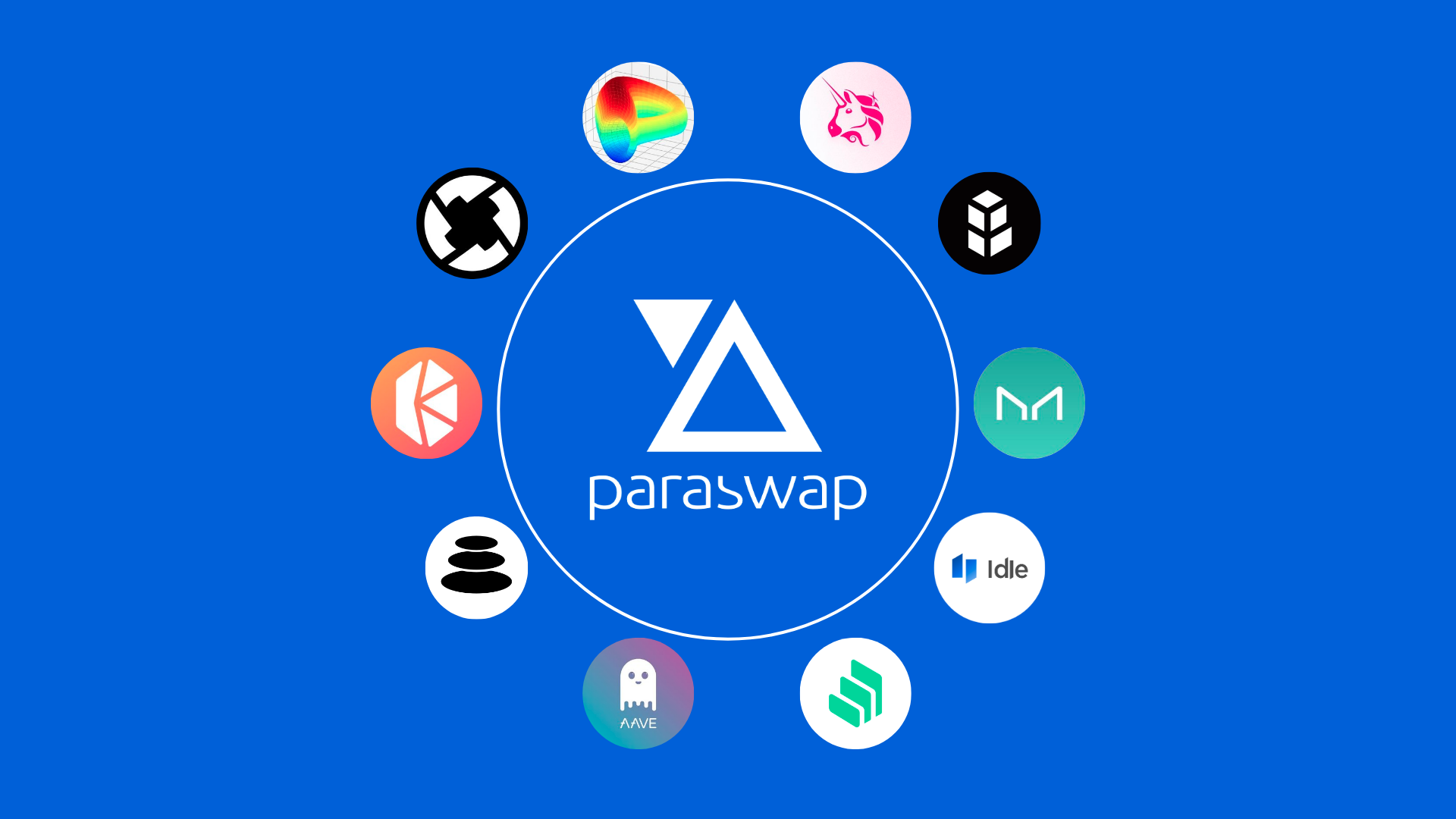This guide is a practical companion for swapping tokens with ParaSwap across EVM networks. Learn aggregation mechanics, tune slippage and gas, and use advanced tools like limit orders and DCA (if integrated), while protecting yourself from MEV and other pitfalls.

Swap Methods with ParaSwap (and Alternatives)
ParaSwap aggregates liquidity from multiple venues to improve pricing and reduce price impact. Depending on your goals (speed, control, order size), different methods may fit better.
Comparing Swap Methods
| Method | Best For | Key Features | Considerations |
|---|---|---|---|
| ParaSwap Aggregator (UI) | Best execution, multi-DEX liquidity | Split routes, RFQ/liquidity partners, slippage controls, verified lists | Results depend on route/liquidity; always verify token contracts |
| Single DEX / AMM | Simpler flows | Direct pool interaction, predictable fee tier | May miss better pricing on other pools/routes |
| Limit Orders (if available) | Target price execution | Off-chain monitoring; on-chain settlement at trigger | No fill guarantee; partial fills/expiry possible |
| DCA (if available) | Reduce timing risk | Scheduled swaps, budget control | Fees/gas across legs; ensure funding |
Understanding Fees on ParaSwap
Across EVM networks, you pay gas in the chain’s native token plus any AMM pool fees embedded in the route. Effective cost also includes price impact, possible RFQ/partner spreads, and any optional interface/integrator fees.
Typical Fee Components
| Fee Type | Typical Range | Notes |
|---|---|---|
| Gas (ETH/MATIC/ARB/BNB/AVAX…) | Varies by network load | Keep a buffer for approvals and swaps; consider off-peak times. |
| Pool / Liquidity Fee | ~0.05%–0.3%+ | Set by the AMM/pool; differs per pair and fee tier. |
| Price Impact | Route-dependent | Higher for illiquid pairs or large size; split routes help. |
| Optional Interface/Partner Fee | 0%–X% | Shown transparently in reputable UIs; verify before signing. |
Safety & Best Practices
DeFi is powerful but unforgiving. Use these practices to stay safe.
Practical Protections
- Verify token contracts: Use official links or explorers (Etherscan, Polygonscan, Arbiscan, BscScan, SnowTrace, etc.). Beware ticker clones.
- Slippage discipline: Tight for liquid majors (0.1–0.5%), looser for thin tokens. Consider partial fills.
- MEV-aware flow: Prefer private / builder relays where supported; avoid leaking large trades to public mempools.
- Allowance hygiene: Approve minimal amounts; periodically revoke old allowances.
- Test first: Try a small swap before executing big size.
- Phishing defense: Bookmark official URLs; never sign unknown or opaque transactions.
Compliance & Risks
Swaps carry market risk (volatility, slippage) and smart-contract risk (pool/router issues). Keep transaction records per your jurisdiction’s rules. Store seed phrases offline and consider hardware wallets.
Authoritative & Trustworthy Resources
For deeper technical and safety details, consult official docs and wallet resources.
- MetaMask Learn — Wallet safety, approvals, and gas basics.
- Uniswap Docs — AMM mechanics (general concepts apply broadly).
- Etherscan — Verify contracts and track transactions on Ethereum.
Frequently Asked Questions (FAQ)
What makes ParaSwap different from using a single DEX?
ParaSwap aggregates liquidity across many DEXs and RFQ providers, often splitting orders to lower price impact and improve the effective price.
How do I set slippage correctly?
Use tight slippage (0.1–0.5%) for liquid pairs and wider for illiquid ones. If price moves beyond your tolerance, the transaction won’t execute.
How can I reduce MEV risk?
Where supported, use private RPC/builder relays, keep slippage tight, and split large orders into smaller parts.
Which wallets work best?
MetaMask and Rabby across EVM chains; pair with a hardware wallet for stronger key security. Keep the native gas token on-hand.
Does ParaSwap support limit orders and DCA?
If available in the current UI, limit orders trigger at your target price; DCA schedules periodic swaps to reduce timing risk.
Why did my output differ from the initial quote?
On-chain states change quickly. Price impact, pool fees, RFQ updates, and route refresh can alter outputs. Proper slippage and timely execution minimize discrepancies.
Do I need KYC?
Wallet-connected aggregators generally don’t require KYC, but your local laws may impose reporting obligations—keep records.
How large can I swap without heavy slippage?
It depends on aggregated liquidity. For larger size, split orders, use limit orders, or schedule DCA to reduce impact.
How do I verify I’m buying the correct token?
Match contract addresses from official project pages or trusted chain explorers (Etherscan/Polygonscan/Arbiscan/BscScan). Beware ticker look-alikes.
My transaction failed — what now?
Common causes: insufficient gas token, too-tight slippage, stale route, or allowance issues. Add gas funds, widen slippage slightly, refresh the route, re-approve if needed, and retry with a small test.
